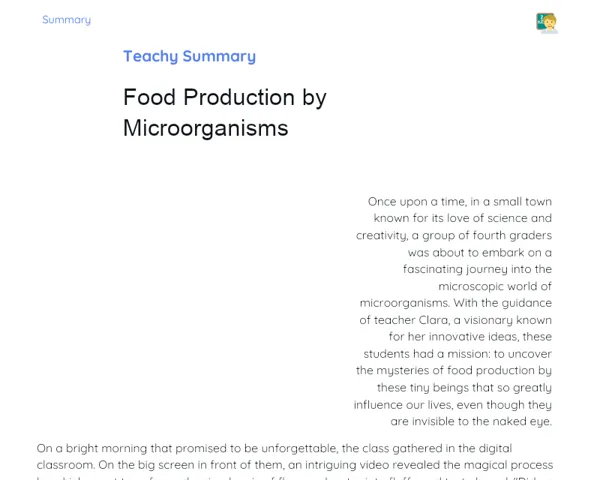Goals
1. Comprehend the various types of energy and how they transform.
2. Connect energy transformation to practical scenarios, such as in power stations.
Contextualization
Energy transformation is a key concept in our everyday lives. From the electricity that powers our gadgets to the heat we use for cooking, energy constantly shifts from one form to another. For instance, power stations convert thermal energy into electricity, showcasing a vital and practical application of this process in our modern world. In a power station, the heat produced from burning fossil fuels or biomass generates steam, which drives turbines to produce electricity. This process is critical for numerous sectors, including industry and healthcare.
Subject Relevance
To Remember!
Types of Energy
Energy can appear in multiple forms, such as kinetic, thermal, electrical, potential, and chemical, among others. Each energy type possesses unique characteristics and can be transformed into another form through physical and chemical processes.
-
Kinetic Energy: Linked to the movement of objects.
-
Thermal Energy: Associated with heat and temperature.
-
Electrical Energy: Comes from the movement of electrons in a conductor.
-
Potential Energy: Stored energy that can be converted into other forms.
-
Chemical Energy: Released or absorbed during reactions.
Energy Transformation
Energy transformation refers to the process by which energy shifts from one form to another. For example, in a power station, the thermal energy produced from burning fossil fuels is transformed into mechanical energy and then into electrical energy.
-
Combustion Processes: Change chemical energy into thermal energy.
-
Turbine Movement: Transforms thermal energy into mechanical energy.
-
Electrical Generators: Convert mechanical energy into electrical energy.
Energy Efficiency and Sustainability
Energy efficiency relates to the ratio of energy consumed in a process to the energy supplied. Sustainability entails the responsible use of energy resources, advocating renewable sources and waste reduction.
-
Waste Reduction: More effective use of available energy.
-
Renewable Sources: Solar, wind, and hydroelectric energy, to name a few.
-
Environmental Impact: Reduced pollutant emissions and preservation of natural resources.
Practical Applications
-
Power Stations: Convert thermal energy into electrical energy, crucial for powering large areas.
-
Electric Vehicles: Utilise electrical energy stored in batteries to drive motors, changing chemical energy into kinetic energy.
-
Solar Panels: Transform solar energy into electrical energy, offering a sustainable and efficient alternative.
Key Terms
-
Kinetic Energy: Energy associated with the movement of bodies.
-
Thermal Energy: Energy connected to heat and temperature.
-
Electrical Energy: Energy derived from the movement of electrons in a conductor.
-
Energy Efficiency: Measure of how effectively energy is employed to perform a specific task.
-
Sustainability: Responsible and efficient use of natural resources to ensure future availability.
Questions for Reflections
-
What challenges do we face when implementing renewable energy sources on a large scale?
-
How does energy transformation affect our daily lives and the functioning of modern society?
-
In what ways can energy efficiency promote environmental sustainability?
Practical Challenge: Building a Mini Electric Generator
This hands-on challenge aims to reinforce your understanding of energy transformation, allowing you to witness firsthand how mechanical energy is converted into electrical energy.
Instructions
-
Gather your materials: a small DC motor, an LED, electrical wires, magnets, a wooden or plastic base, and tape.
-
Connect the DC motor to the LED using the electrical wires.
-
Mount the motor on the base and position the magnets near it.
-
Manually move the magnets to spin the motor and light up the LED.
-
Test your generator's functionality and take note of your observations.

